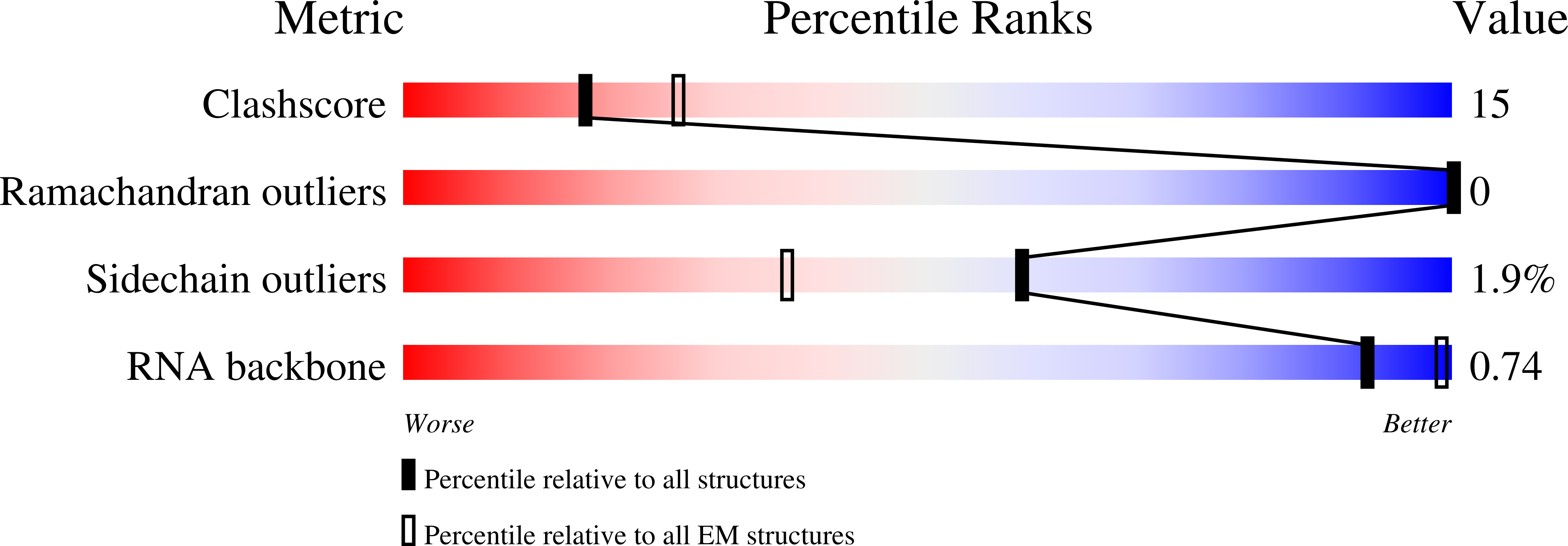
Deposition Date
2021-11-19
Release Date
2022-08-03
Last Version Date
2025-05-21
Entry Detail
PDB ID:
7SWF
Keywords:
Title:
Cryo-EM structure of Arabidopsis Ago10-guide-target RNA complex in a central duplex conformation
Biological Source:
Source Organism:
Arabidopsis thaliana (Taxon ID: 3702)
unidentified (Taxon ID: 32644)
unidentified (Taxon ID: 32644)
Host Organism:
Method Details:
Experimental Method:
Resolution:
3.79 Å
Aggregation State:
PARTICLE
Reconstruction Method:
SINGLE PARTICLE


